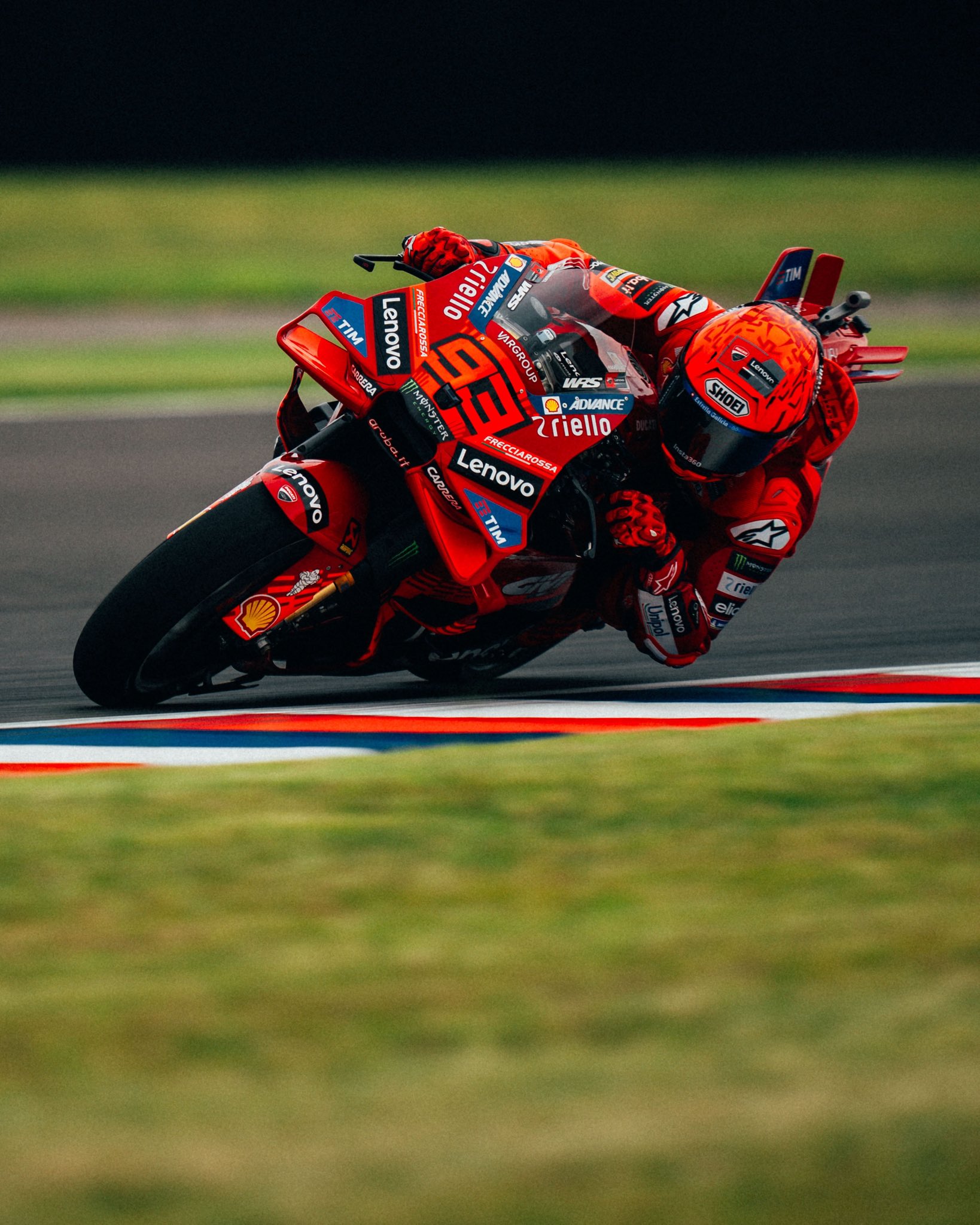Le Mans 24: what to watch for
- Evan Veer

- Aug 7, 2021
- 5 min read
Updated: Feb 28, 2022
Written by: Evan Veer, Edited by: Daniel Yi
Looking for a way to fill the void left by the F1 summer break? Then why not give the 24 hours of Le Mans a try!
Being one of the races that make up the triple crown of motorsport, this legendary endurance race returns to the Circuit De La Sarthe in rural France for its 89th running on August 21st-22nd this year. The race was once again moved from its traditional June spot to a later date, but with the date change, the event will be able to welcome fans back to the track after being absent from last year’s race- for obvious reasons.
The track runs on a mix of public roads and a purpose-built track and is known for its several long straights, which means teams will mostly be focusing on maximizing their top speeds. During the pitstops teams can change tyres, refuel, do a driver swap, and even change brakes. When.a car is badly damaged or has a serious problem teams are allowed to pull the car into the garage and work on it for hours, as long as they are running when the checkered flag comes out and have covered 70% of the distance the leading car has covered by the end of the race.

LMH:
The Le Mans top class has entered a new era this year with the introduction of the new LMH ruleset. Although the class will only have five competitors in its inaugural season, many manufacturers have confirmed that they will enter their own cars in the future, with Peugeot recently revealing their stunning 9X8 prototype. It notably does not have a rear wing and will be making its debut in 2022. With Ferrari confirming a 2023 entrance as well as Porsche, Audi and BMW among those planning on entering with an LMDh entry from 2023, we are set to have a spectacularly large field of top class entries from that year onwards.
The LMDh formula was created by the IMSA, an American endurance racing series, as a successor to its current Dpi class. When a manufacturer decides to build an LMDh they will use an LMP2 chassis with an engine of their choice, a spec hybrid unit and their own bodywork, which they can adapt to the style of their brand. Starting from its introduction in 2023 these cars will be able to race with and against LMH cars in both IMSA and the WEC, including Le Mans.
In this year’s field there are only 5 entries. First of all we have Toyota, who won the past 3 years with their LMP1 challenger. Although their car once again has proven to be the fastest in the field, Toyota could possibly run into trouble this year as their car is quite new and many suspect they have not been able to make the car as reliable as they have hoped. This could make a massive difference in this extremely long 24 hour race.
Secondly, there is the American privateer team of Glickenhaus, which will be entering two of their SCG 007’s which were designed by Podium Engineering in Italy and use a 3.5 liter twin-turbocharged V8 developed by Pipo Moteurs, a French brand most known for their rally car engines. After missing out on the first round at Spa and only being able to field a single car at Portimaõ, the team showed potential at the 6 hours of Monza where one of their cars almost won the race, albeit being due to reliability issues for the Toyota cars. However, the team had to replace the car’s brakes which resulted in them narrowly missing out on a third place overall finish.
Lastly there is Alpine, racing with their Alpine A480, which is a rebadged Rebellion R13 from 2020 and will only be allowed to race in 2021 after having been balanced out to make sure it would not have an unfair advantage compared to the LMH cars.
LMP2
In the LMP2 class, we have a very large and competitive field, with all but one of the teams using the Oreca 07 (G-drive’s Aurus 01 is a rebadged version of this car). The Oreca 07 has proven to be the most competitive choice for LMP2 teams by far. The only team to opt for a different car is Racing Team India Eurasia, who will be using a Ligier JSP217.
Other notable cars in the category include the Danish #49 High Class Racing which features the father-son pairing of Jan and Kevin Magnussen. This is Kevin Magnussen’s first ever Le Mans entry following his exit from F1 in 2020.

Ferrari 488 GTE
GTE
In the GTE-Pro field, both Porsche and AF Corse (Ferrari) will be looking at dealing a massive blow to the others at Le Mans. These 2 teams are the only GTE-Pro teams to do a full season in the WEC and since Le Mans offers double championship points, this race could very well decide the constructor’s championship. The GTE-Pro field also has a few other entries, with Hub Auto and Weathertech Racing both fielding a single Porsche while Corvette has shipped two of its C8.R’s across the Atlantic to challenge Porsche and Ferrari for victory after missing out on the event last year due to travel restrictions.
The GTE-AM field features a very large grid with familiar names such as Giancarlo Fisichella and Callum Ilott among the many drivers.

Nissan Deltawing in 2012
Garage 56 entry
The Garage 56 concept was introduced to Le Mans back in 2012 for the purpose of allowing innovative cars to enter the event for the development of their technology without needing to conform to any of the class regulations and without taking the place of any other competitors. In the past this has seen various unique cars such as the Nissan DeltaWing in 2012, a hydrogen fuel cell powered car in 2013 and a hybrid variant of the DeltaWing which managed to do a full lap at Le Mans in 2014.
Le Mans will see Association SRT41 returning to the event after 5 years, with the team entering an Oreca 07 which has been modified to make it possible for paralyzed and amputated drivers to drive the car comfortably in long stints through letting the drivers control the gas and brake pedals with their hands instead of their feet. The team previously competed in 2016, where they also used a modified LMP2 prototype and managed to finish the race with their founder and current team manager, the quadruple amputee Frederic Sausset, as one of their drivers. Their current car was also supposed to enter last year’s edition but sadly the coronavirus pandemic meant they could not make it.
All in all this year’s 24 hours of Le Mans will surely prove itself as one of the greatest events in all of motorsports once again, with an even brighter future ahead…
EX-F1 drivers and their cars:
LMH:
Kamui Kobayashi- #7 Toyota Gazoo Racing
Kazuki Nakajima – #8 Toyota Gazoo Racing
Brendon Hartley – #8 Toyota Gazoo Racing
Sebastien Buemi- #8 Toyota Gazoo Racing
LMP2:
Juan Pablo Montoya – #21 Dragonspeed USA
Paul Di Resta – #23 United Autosports
Roberto Merhi – #25 G-Drive Racing
Stoffel Vandoorne – #28 JOTA
Giedo Van Der Garde – #29 Racing Team Nederland
Anthony Davidson – #38 JOTA
Robert Kubica – #41 Team WRT
Jan Magnussen – #49 High Class Racing
Kevin Magnussen – #49 High Class Racing
Will Stevens – #65 Panis Racing
Felipe Nasr – #82 Risi Competizione
GTE-PRO:
Gianmaria Bruni – #91 Porsche GT Team
GTE-AM:
Giancarlo Fisichella – #54 AF Corse












Comments